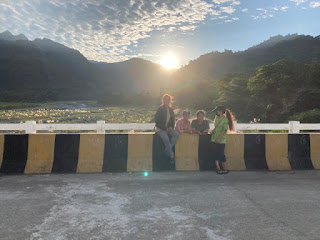Posts

Posted by
flowergirl
Mishmi Day 2 - a walk like no other
- Get link
- X
- Other Apps

Posted by
flowergirl
Mithun encounters at Mishmi. Day 3
- Get link
- X
- Other Apps

Posted by
flowergirl
Mishmi Day 3 - guess who came to dinner
- Get link
- X
- Other Apps

Posted by
flowergirl
Day 2 Mishmi river crossings.
- Get link
- X
- Other Apps

Posted by
flowergirl
Prepping with limericks
- Get link
- X
- Other Apps

Posted by
Flowergirl
The folly of the Etalin Hydroelectric project
- Get link
- X
- Other Apps
Posted by
Flowergirl
Idu Mishmi, tigers and the magnificent Dibang Valley
- Get link
- X
- Other Apps

Posted by
Flowergirl
A limerick ode to Purple Rain
- Get link
- X
- Other Apps

